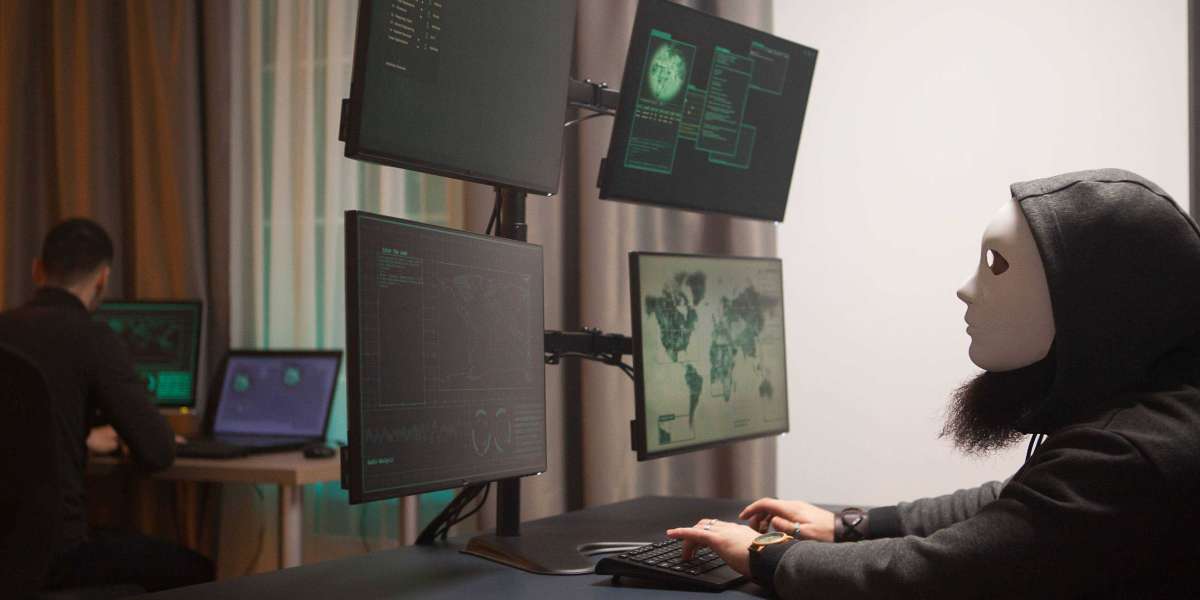In today’s world, industries rely on distributed control systems (DCS) to keep everything running—from power plants and water treatment facilities to factories and oil refineries. These systems use networked computers and controllers to automate operations, making them faster and more efficient. But as DCS becomes more connected, it also becomes a bigger target for cyberattacks. And unlike typical data breaches, a hacked DCS doesn’t just leak information—it can shut down critical services, destroy equipment, and even endanger lives.
The Hidden Dangers of a DCS Cyberattack
1. Daily Life Grinds to a Halt
Imagine waking up to no electricity, no running water, or no fuel at gas stations. A successful cyberattack on a DCS can make this nightmare real by disrupting the systems that keep society functioning. When a DCS fails, the ripple effects are immediate—hospitals, homes, and businesses all suffer.
2. Massive Financial Losses
Cyberattacks on industrial systems aren’t just disruptive—they’re expensive. Companies have lost hundreds of millions in a single incident due to halted production, broken machinery, and recovery costs. For industries using DCS, every minute of downtime means lost revenue.
3. Regulatory Trouble
Governments enforce strict cybersecurity rules for critical infrastructure. Ignoring compliance (like NERC CIP or IEC 62443) can lead to heavy fines—but worse, it leaves systems open to attacks that could have been prevented.
4. Stolen Secrets, Lasting Damage
Hackers don’t always just crash systems—sometimes they steal sensitive data. Blueprints, login credentials, and operational details can be leaked or sold, giving competitors—or even hostile groups—access to critical industrial knowledge.
5. One Breach, Many Victims
A DCS is rarely isolated. It’s often linked to suppliers, transport networks, and other facilities. If one system is hacked, the damage can spread like wildfire, causing delays, shortages, and frustrated customers across multiple industries.
6. A Threat to National Security
Some DCS setups control highly sensitive operations—dams, nuclear plants, defense factories. A well-planned cyberattack could cripple a nation’s infrastructure, making this not just a corporate issue but a national security risk.
7. Real-World Destruction
This isn’t just about data—it’s about physical damage. A hacked DCS can overload machines, trigger explosions, or release toxic chemicals. The consequences go far beyond digital theft.
8. Sabotage by Design
Some attackers aren’t after money—they want chaos. Terrorist groups or rival nations may target DCS to disrupt economies, harm citizens, or destabilize regions.
How to Protect Your DCS: 6 Must-Do Steps
✅ Update Everything – Outdated software is an easy target. Regular patches close security gaps.
✅ Isolate Critical Systems – Keep DCS separate from regular IT networks using firewalls or air gaps.
✅ Train Your Team – Most breaches start with human error. Teach employees to spot phishing and follow security protocols.
✅ Backup Religiously – If ransomware hits, offline backups can save you from disaster.
✅ Monitor 24/7 – Use AI-driven threat detection to catch suspicious activity before it’s too late.
✅ Test for Weaknesses – Regular penetration testing finds vulnerabilities before hackers do.
Final Thought: Security Isn’t Optional
A distributed control system is the backbone of modern industry—but it’s also a prime target for cybercriminals. Protecting it isn’t just about avoiding fines or downtime; it’s about keeping the lights on, the water clean, and people safe. With the right precautions, businesses can stay ahead of threats and ensure their operations run smoothly and securely.











